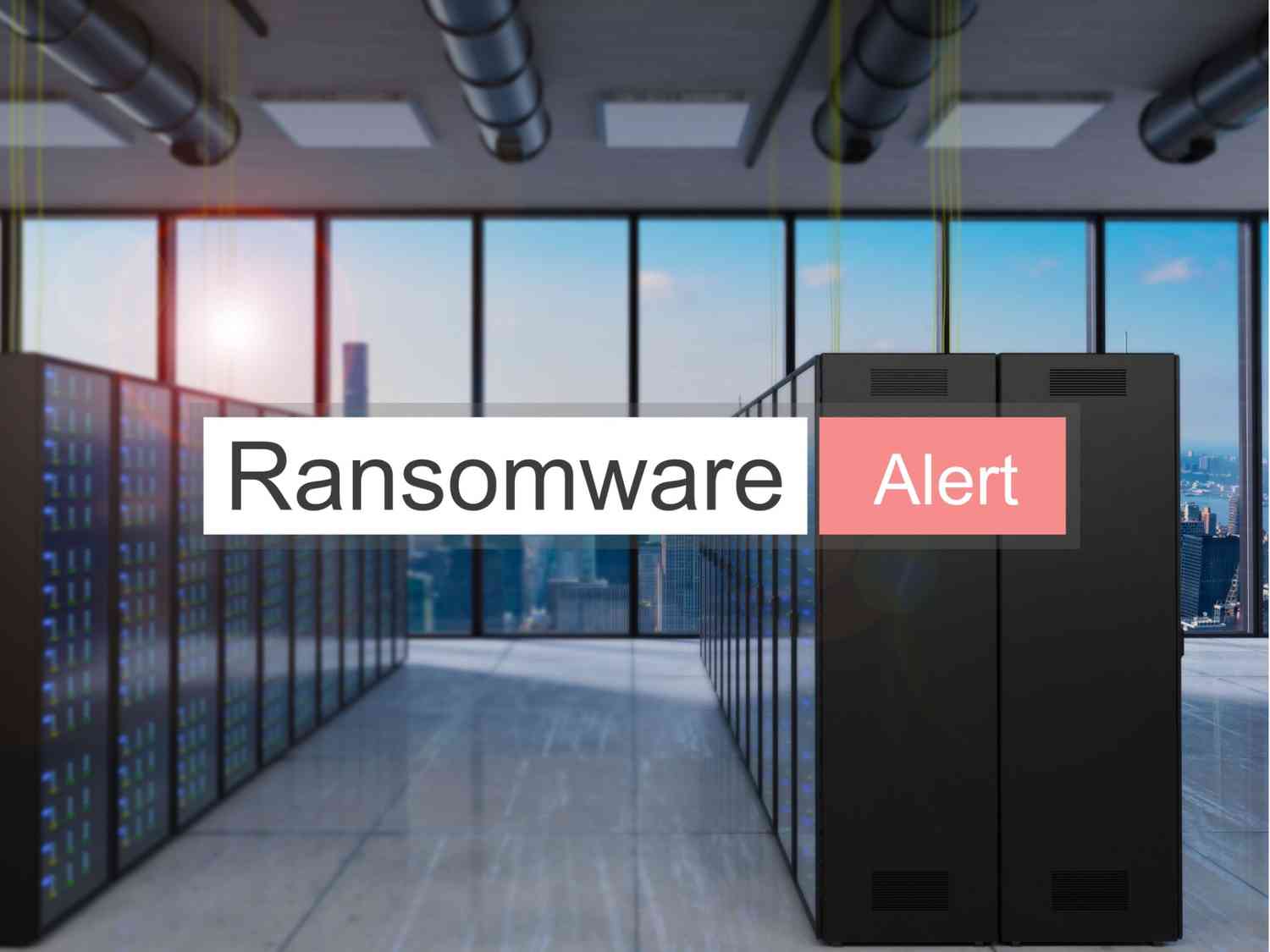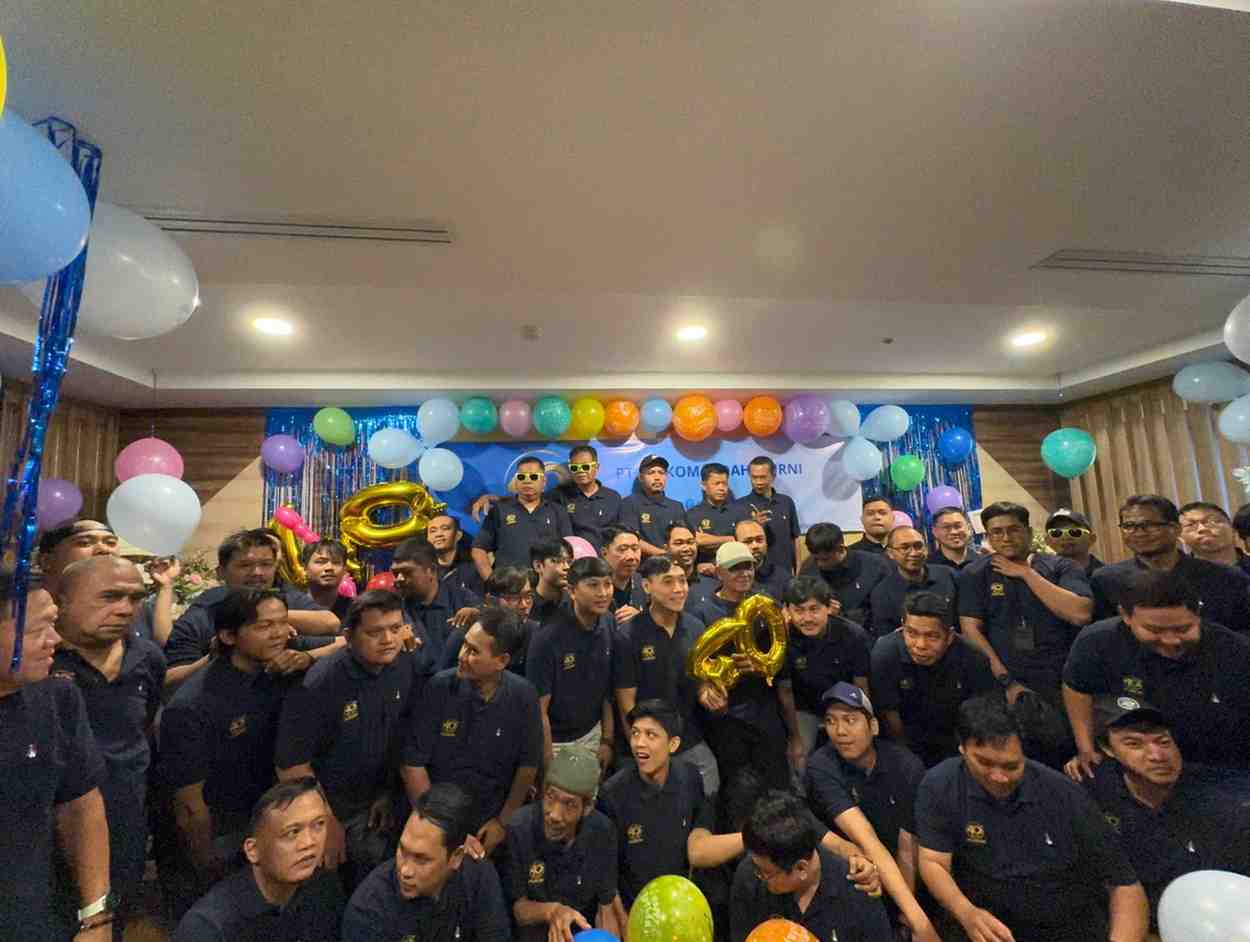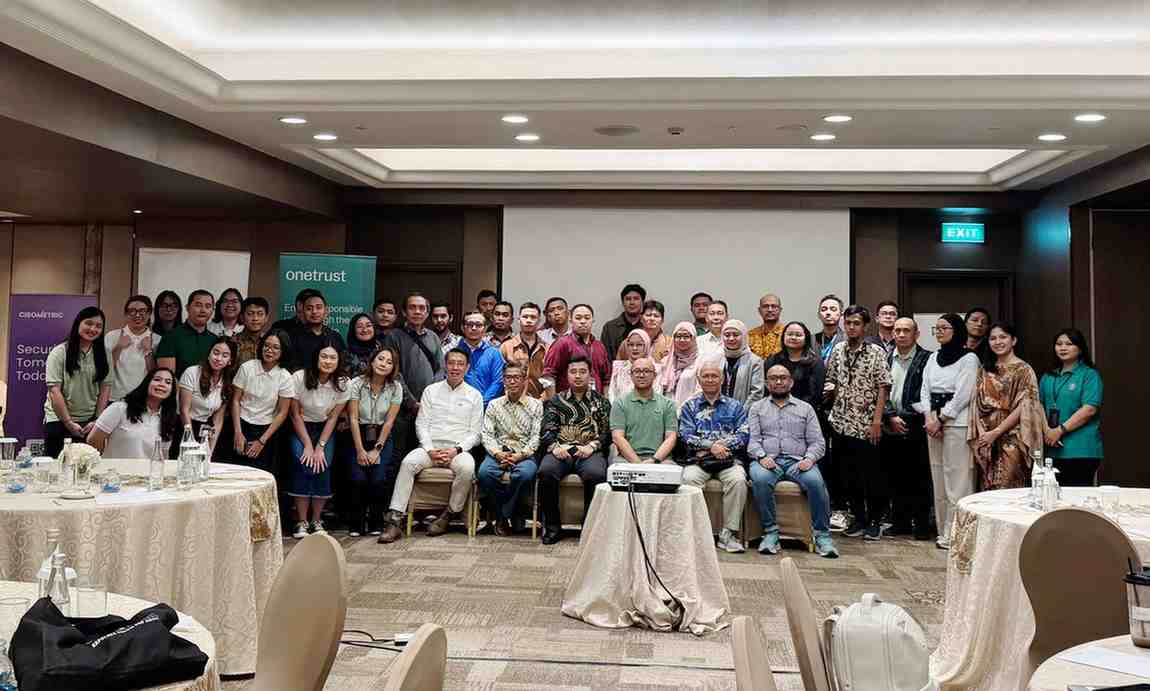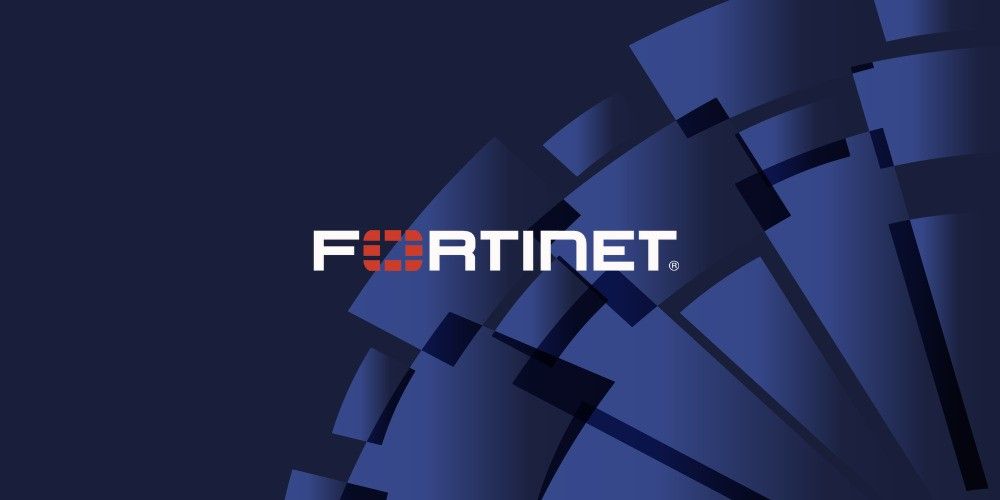Ransomware Gets Fiercer: Akamai Reveals 4-Layer Extortion

14 Aug 2025
Ransomware Gets Fiercer: Akamai Reveals 4-Layer Extortion
Ransomware attacks are becoming increasingly alarming. According to a recent report from Akamai, perpetrators are no longer satisfied with simply locking victims' data. They have developed a new method called quadruple extortion, a strategy that has left many organizations reeling.
From Encryption to Four-Layer Terror
In the past, ransomware was quite troublesome because it encrypted data and demanded a ransom. However, as more and more companies prepare backups, this tactic is no longer effective. Now, perpetrators add multiple layers of threats so that victims have no choice but to pay.
The four main tactics used are:
-
Data Locking – victims remain unable to access important files.
-
Data Leak Threat – sensitive information is sold or published on the dark web.
-
DDoS Attacks – online systems are crippled to shut down the victim's services.
-
Pressure on Partners & Customers – business partners and consumers are pressured to demand payment.
This strategy results in losses not only in terms of ransom money, but also in terms of reputation, loss of customer trust, and potential legal sanctions.
Akamai Offers Comprehensive Defense
Akamai emphasizes that dealing with such complex attacks requires a layered security approach, rather than relying solely on backup. Akamai's solutions include:
-
Zero Trust Security
This model ensures that no access is granted indiscriminately, even to internal employees. Every user, device, and application must be verified before entering the system. So even if an account or device is hacked, it is still difficult for the perpetrator to move freely within the company network. -
Global DDoS Protection
Akamai has one of the largest cloud infrastructures in the world. This enables them to absorb and withstand massive botnet attacks before they reach the company's servers. As a result, websites, applications, and digital services remain online even when they are the target of massive attacks.
-
Web Application Firewall (WAF)
Akamai's WAF acts as a “shield” for web applications. It detects and blocks intrusion attempts through application vulnerabilities, such as SQL injection, XSS (cross-site scripting), or remote code execution. This closes the favorite entry point for ransomware from the outset. -
Threat Intelligence Berbasis Data Global
Akamai manages billions of pieces of internet traffic data every day. From this data, they can analyze emerging attack patterns around the world and share insights to block threats before they enter the client's network. This means that companies can stay one step ahead of attackers.
With this combination, companies can continue to operate, protect their data, and minimize the risk of falling into the trap of layered extortion.
What Can Companies Do?
In addition to utilizing modern security solutions from Akamai, companies also need to strengthen their internal defenses. Some simple but effective steps include:
-
Providing dual backups in different locations
Store separate copies of data, both on local servers and in the cloud. That way, if the main data is locked by ransomware, the company still has a backup that can be restored.
-
Train employees to be vigilant against phishing
Fake emails or malicious links are still the main entry point for ransomware. Regular education helps employees recognize the signs of phishing and avoid fatal mistakes.
-
Develop an incident response plan
Having clear protocols in place when an attack occurs is crucial. From who to contact, system isolation measures, to public communication strategies, everything needs to be prepared so that an attack does not escalate into a major crisis.
Conclusion
Ransomware with four-layer extortion tactics is a real threat to all business sectors. However, with the modern protection offered by Akamai, companies can be more confident in facing the latest generation of cyber attacks.
The question is, is your business ready to fight this vicious strategy?
Author: Ghea Devita
Marketing Communication, PT Perkom Indah Murni



